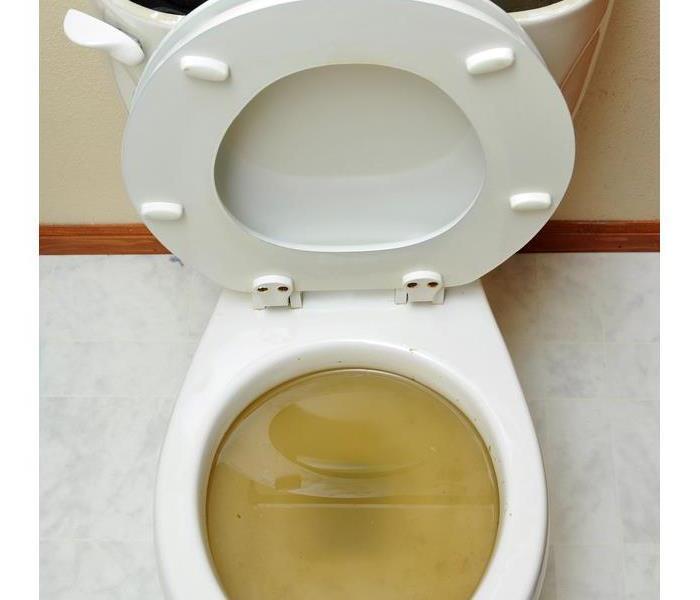5 Essential Sewage Cleanup Procedures
12/27/2021 (Permalink)
 A flooded toilet is an unsightly and unsanitary problem that every business in Urban Reserve, TX, hopes to avoid.
A flooded toilet is an unsightly and unsanitary problem that every business in Urban Reserve, TX, hopes to avoid.
Sewage Cleanup Procedures
A flooded toilet or extensive sewer backup is an unsightly and unsanitary problem that every business in Urban Reserve, TX, hopes to avoid. Because a sewer cleanup can be extremely daunting, it’s often best to consult a professional cleanup and restoration service to help address the situation. Understanding key remediation procedures can help every business owner anticipate what to expect during the process.
1. Wearing Protective Gear
Because of the extremely unhygienic nature of sewage water, the cleanup crew should wear several articles of protective gear. Necessary equipment typically includes rubber gloves, splash goggles and boots. For additional protection, personnel may also wear protective suits and HEPA respirators.
2. Disposing of Contaminated Objects
Some objects within the contaminated zone may be sanitized and salvaged. However, wet building materials, including carpet, drywall and insulation, should be promptly removed and discarded.
3. Avoiding Contamination of Unaffected Areas
An efficient sewer cleanup process should incorporate effective strategies to help prevent contaminating unaffected areas of your building. Your cleanup provider may erect plastic barriers around the soiled area to help minimize exposure. They should also utilize heavy duty plastic bags that are resilient against leakage to remove unsalvageable items from the site.
4. Sanitizing the Affected Area
After sewer backup debris is cleared away, the next essential step is sanitizing the affected space. This process may include utilizing a variety of solutions designed to kill both harmful bacteria and mold spores.
5. Ensuring Site Is Thoroughly Dry
To help minimize the risk of subsequent mold contamination, it’s essential that the cleanup team ensures the area is thoroughly dry before replacing drywall, insulation and carpeting. They can use fans and dehumidifiers to help expedite the drying process and employ a moisture meter to verify the sanitized zone is indeed moisture-free.
When sewage seepage occurs, a timely response is crucial. Abiding by these five essential strategies helps the sewer cleanup crew complete the restoration process in a safe and efficient manner that safeguards your building from subsequent damage.



 24/7 Emergency Service
24/7 Emergency Service